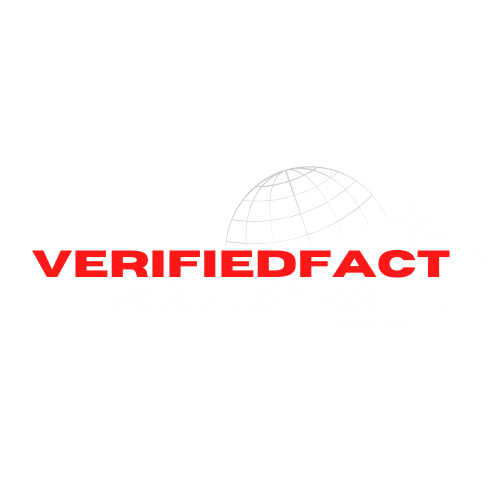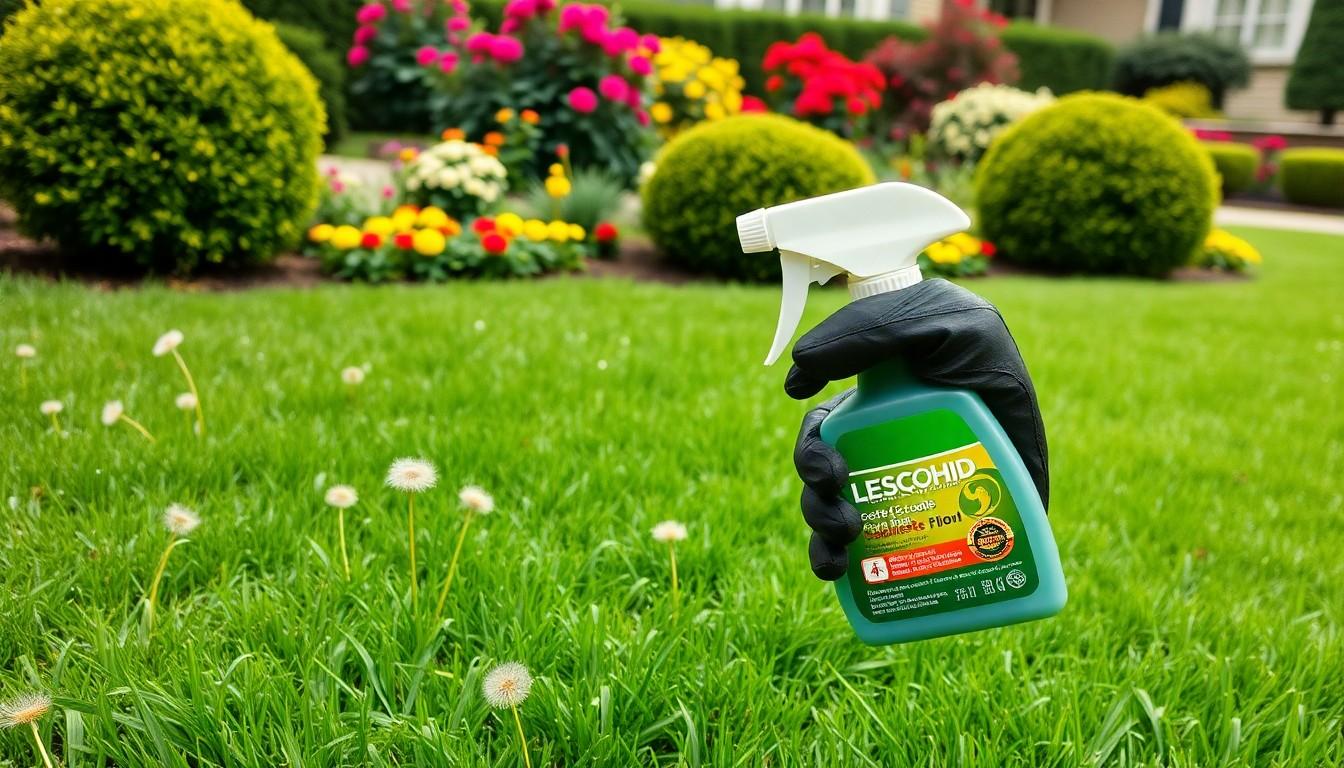When it comes to battling pesky weeds, LESCOHID herbicide is like the superhero your garden never knew it needed. Imagine a world where dandelions and crabgrass cower in fear, leaving your lawn lush and beautiful. This powerful herbicide doesn’t just talk the talk; it walks the walk, providing effective control over a wide range of unwanted plants.
Overview of Lescohid Herbicide
LECOHID herbicide serves as a powerful tool for effective weed control in gardens. This herbicide efficiently targets common weeds, promoting healthier lawns.
Active Ingredients
Active ingredients in Lescohid herbicide include the potent chemicals that target unwanted plants. These components effectively disrupt growth processes in weeds, leading to their elimination. Ingredients such as 2,4-D and dicamba work synergistically, providing a broad spectrum of coverage against various weed species. Each ingredient contributes to the herbicide’s overall efficacy, ensuring optimal performance in garden applications.
Formulation Types
Formulation types of Lescohid herbicide provide users with options suited for different gardening needs. Available formulations include liquid and granular forms, each offering unique benefits. Liquid formulations deliver rapid absorption into plants, facilitating quick results. Granular forms, on the other hand, provide slow-release properties, ensuring prolonged weed control. This diversity in formulations meets the specific requirements of various gardening scenarios, making Lescohid versatile for different landscapes.
Benefits of Using Lescohid Herbicide

LESCOHID herbicide offers numerous advantages for effective weed management in gardens and lawns. It ensures healthier landscapes and enhances aesthetic appeal.
Effective Weed Control
Effective weed control represents one of the key benefits of using LESCOHID. This herbicide targets a range of problematic weeds, including dandelions and crabgrass. It employs active ingredients like 2,4-D and dicamba to disrupt weed growth effectively. Users report visible results within days of application, allowing for rapid and significant improvement. Whether applied in liquid or granular form, LESCOHID provides tailored solutions to meet specific lawn care needs. Gardeners appreciate its ability to tackle both annual and perennial weeds, making it a versatile choice for maintaining pristine outdoor spaces.
Environmental Impact
Environmental impact remains a crucial consideration when choosing herbicides. LESCOHID minimizes harm to surrounding plants and ecosystems through its targeted action. It exhibits low toxicity to beneficial insects, allowing for biodiversity and ecological balance. Additionally, when used as directed, LESCOHID poses minimal risk to soil and water quality. Manufacturers designed this product to ensure efficient degradation, reducing residual effects on the environment. These attributes make LESCOHID a responsible choice for environmentally conscious gardeners, promoting healthy lawns without compromising the surrounding ecosystem.
Application Guidelines
Applying LESCOHID herbicide requires attention to detail for optimal results. Proper dosage and timing enhance its effectiveness against various weeds.
Recommended Dosage
LESCOHID herbicide typically recommends a dosage of 2 to 4 quarts per acre for liquid formulations. Granular forms suggest a range of 2 to 3 pounds per 1,000 square feet. Precision in measuring the herbicide ensures coverage without unnecessary waste. Applying the lower end of the dosage spectrum benefits lighter infestations, while more severe weed issues often require higher amounts. Always consult the product label for specific recommendations tailored to different formulations. Following the guidelines leads to improved weed control in targeted areas.
Timing for Application
Timing plays a crucial role in the efficacy of LESCOHID herbicide. Spring and fall months often serve as the best times for application, as weeds actively grow during these periods. Early identification of weeds ensures successful management before they establish stronger roots. Rainfall shortly after application may reduce effectiveness, so consider weather forecasts. Applying LESCOHID during calm, dry days minimizes drift and ensures safe targeting of weeds. Monitoring local conditions and scheduling applications wisely leads to superior results in weed control.
Safety and Precautions
Using LESCOHID herbicide requires careful attention to safety and environmental precautions. Ensuring protection during application helps prevent adverse effects.
Personal Protective Equipment
Wear appropriate personal protective equipment (PPE) when handling LESCOHID. Gloves, long sleeves, and eye protection safeguard against skin and eye exposure. A mask or respirator provides added respiratory protection, especially in areas with limited ventilation. These measures minimize the risk of irritation and other health issues. It’s essential to inspect the PPE for any damages prior to use, ensuring full functionality.
Environmental Safety Measures
Implement environmental safety measures during herbicide application to protect ecosystems. Avoid spraying on windy days to reduce drift towards non-target plants and wildlife. Cover garden beds, ponds, and sensitive areas with tarps to prevent contamination. Consider timing applications when beneficial insects are less active, typically in early morning or evening. Following these precautions fosters a healthy balance in the surrounding environment while maximizing the herbicide’s effectiveness.
Comparisons with Other Herbicides
Comparing LESCOHID herbicide with other options enables users to make informed choices. Its unique formulation offers distinct benefits in weed control, especially for annual and perennial varieties.
Efficacy Comparison
Compared to similar herbicides, LESCOHID demonstrates superior effectiveness against common weeds like dandelions and crabgrass. It combines active ingredients such as 2,4-D and dicamba, providing a targeted approach to disrupt weed growth. Users often notice visible results within days, showcasing its efficiency. In contrast, some alternatives may require longer application times before yielding results. Other herbicides, while effective, might only target specific weed types, limiting their versatility. LESCOHID’s broad-spectrum capabilities make it a strong contender for maintaining healthy lawns.
Cost Analysis
Cost considerations play a vital role in herbicide selection. LESCOHID offers competitive pricing, typically ranging from $20 to $30 per quart for liquid formulations. In comparing this with other products, many similar herbicides can exceed $40, impacting affordability over large areas. Economically, LESCOHID’s recommended dosage ensures effective results without over-application, maximizing the investment. Some alternatives may require higher quantities or more frequent applications, leading to increased overall costs. Thus, LESCOHID not only provides effective weed control but does so at a cost-efficient rate.
Conclusion
LESCOHID herbicide stands out as a powerful ally for gardeners aiming to achieve a weed-free landscape. Its effective formulation targets a wide range of pesky weeds while remaining environmentally conscious. With its competitive pricing and rapid results, LESCOHID offers both efficiency and value.
By adhering to the recommended application guidelines and safety measures, users can maximize its benefits while protecting the surrounding ecosystem. Whether tackling dandelions or crabgrass, LESCOHID proves to be a reliable choice for maintaining a beautiful and healthy lawn.

